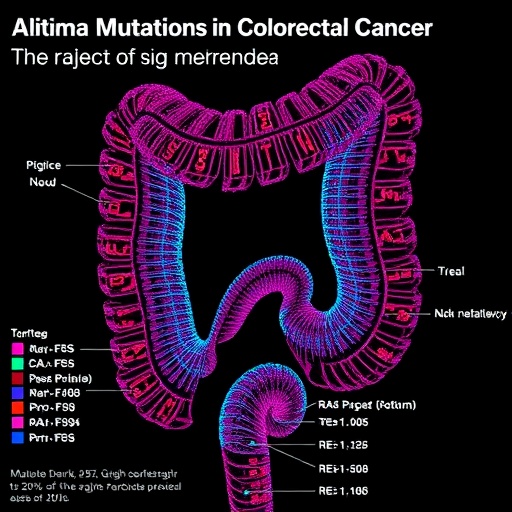Vienna, Austria – June 18, 2017: The tenth year of data on cardiac arrhythmia treatment is being launched at EHRA EUROPACE – CARDIOSTIM 2017.
The edition marks the ten year anniversary of the European Heart Rhythm Association (EHRA) White Book, which reports on the current status of cardiac arrhythmia treatment and has been published yearly since 2008.1
Participation is open to the 56 national cardiac societies in Europe and the Mediterranean basin which make up the European Society of Cardiology (ESC) institutional membership. This year saw a record of voluntary contributions from 53 countries.
"The EHRA White Book is the only source of information for clinicians, health administrators and politicians on cardiac arrhythmia treatment in their own country and beyond," said EHRA White Book Coordinator Professor Pekka Raatikainen, Head Physician, Helsinki University Hospital, Finland.
The EHRA White Book provides data on the use of cardiac implantable electronic devices (CIEDs) including pacemakers, implantable cardioverter defibrillators (ICDs), cardiac resynchronisation therapy (CRT) devices, and implantable loop recorders. Details are given on interventional electrophysiology procedures such as catheter ablation, left atrial appendage closure, and CIED lead extraction.
In addition, the EHRA White Book gives statistics about country demographics, healthcare funding and reimbursement of CIEDs and procedures, education and quality control in cardiac arrhythmias, and obstacles to implementing ESC Guidelines on ICD and pacemaker implantation.
The 2017 edition will enable clinicians, administrators and politicians in participating countries to view the contemporary picture of cardiac arrhythmia treatment at home and compare it with neighbouring countries. It also has the first two year data on implantation of subcutaneous ICDs and leadless pacemakers.
Professor Raatikainen said: "The data compilation shows that there are still important discrepancies between countries in the ESC area. The highest volumes of device implantations and interventional procedures are in the Western and Northern countries. Numbers are much lower in the non-European countries particularly but also in some countries in the Eastern ESC area – societies in these countries can use the figures to lobby their governments and health administrations for more resources."
A ten-year comparative analysis of the EHRA White Book data from 2007 to 2016 will be published in an EP Europace supplement during ESC Congress in Barcelona, Spain.
Professor Raatikainen said: "The comparative analysis will show the evolution of treatment for cardiac arrhythmias and where improvements are needed."
In addition to between-country comparisons, regional figures will be compiled for Northern, Southern, Eastern, Western and non-ESC countries. The top three and lowest three countries for volumes of each procedure will be listed. A website will be launched during ESC Congress that allows countries to directly compare their data with another country.
###
Media Contact
ESC Press Office
[email protected]
@escardio
http://www.escardio.org
https://www.escardio.org/The-ESC/Press-Office/Press-releases/tenth-year-of-data-on-cardiac-arrhythmia-treatment-launched-at-european-congress?vgnextrefresh=1?hit=wireek
############
Story Source: Materials provided by Scienmag




